A closer look at the most hazardous U.S. border crossings and their unique dangers
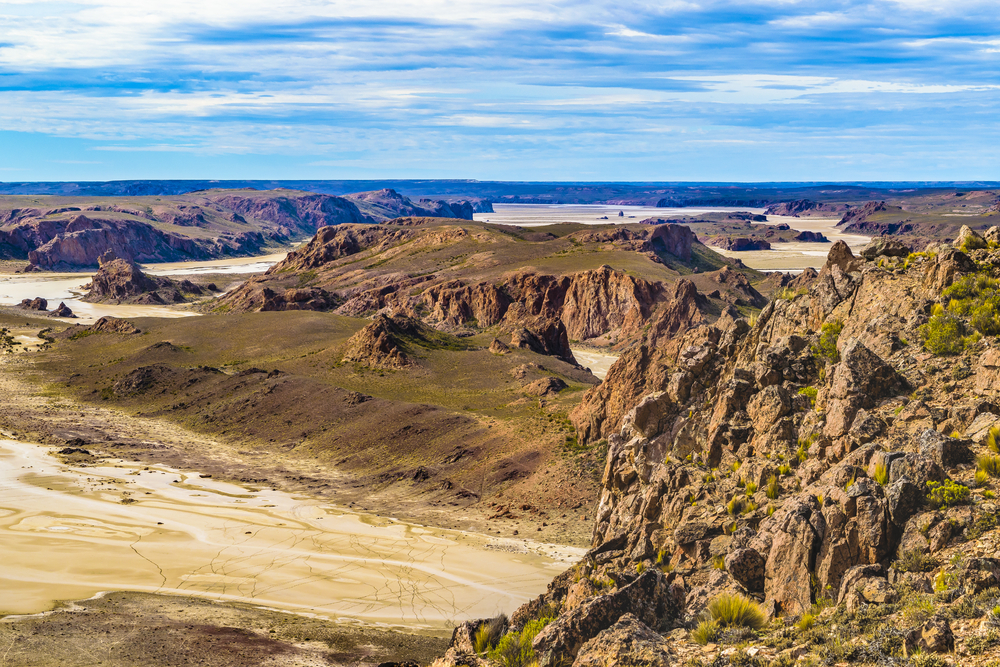
Certain U.S. border crossings have earned a reputation for deadly risks due to harsh environmental conditions, remote locations, and the presence of criminal activity like human smuggling. From scorching deserts to swift rivers and rugged mountains, each crossing poses distinct threats that endanger migrants and travelers alike. Understanding these danger zones, alongside official safety guidance from agencies such as FEMA and U.S. Customs and Border Protection, is crucial for informed decisions and risk awareness.
1. The perilous journey through the Sonoran Desert near Arizona demands preparation.
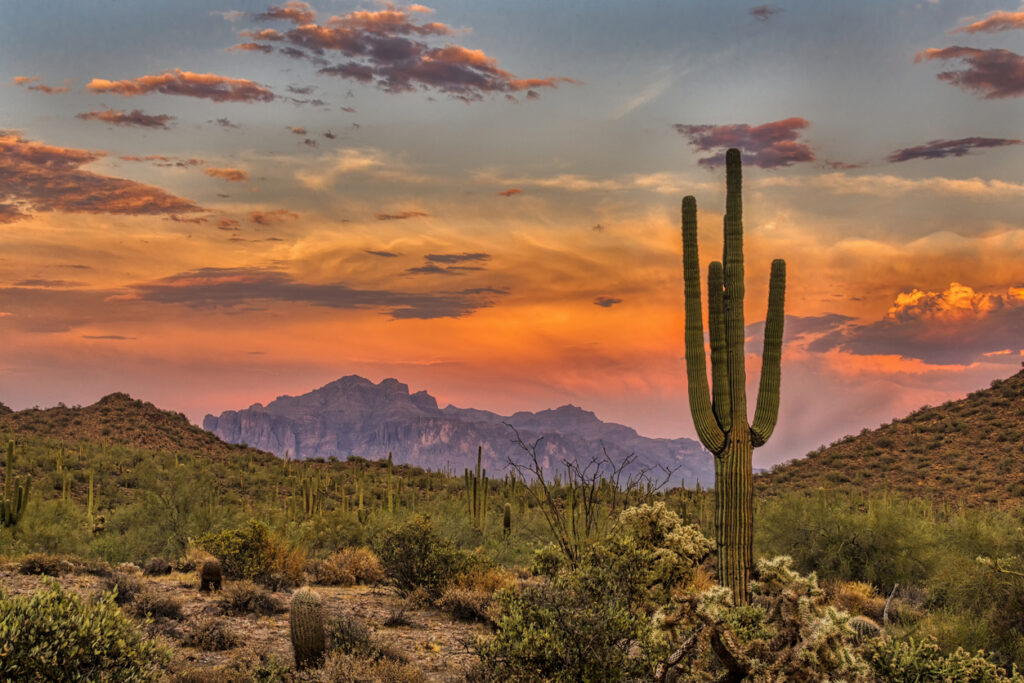
The Sonoran Desert stretching across Arizona is a vast, sandy expanse where temperatures can soar above 110°F during the day. Migrants traversing this harsh terrain face dehydration and exhaustion, often compounded by the lack of water sources or shelter from relentless heat.
Unprepared travelers frequently overlook the lengthy distances between potential aid points, leading to dangerous situations. The desert’s arid conditions, though stunning with their sweeping vistas, reveal the indiscriminate perils waiting for any who attempt to undertake this journey without necessary provisions and measures, as reported by UN News.
2. Crossing the Rio Grande in Texas requires navigating fast currents and rough terrain.
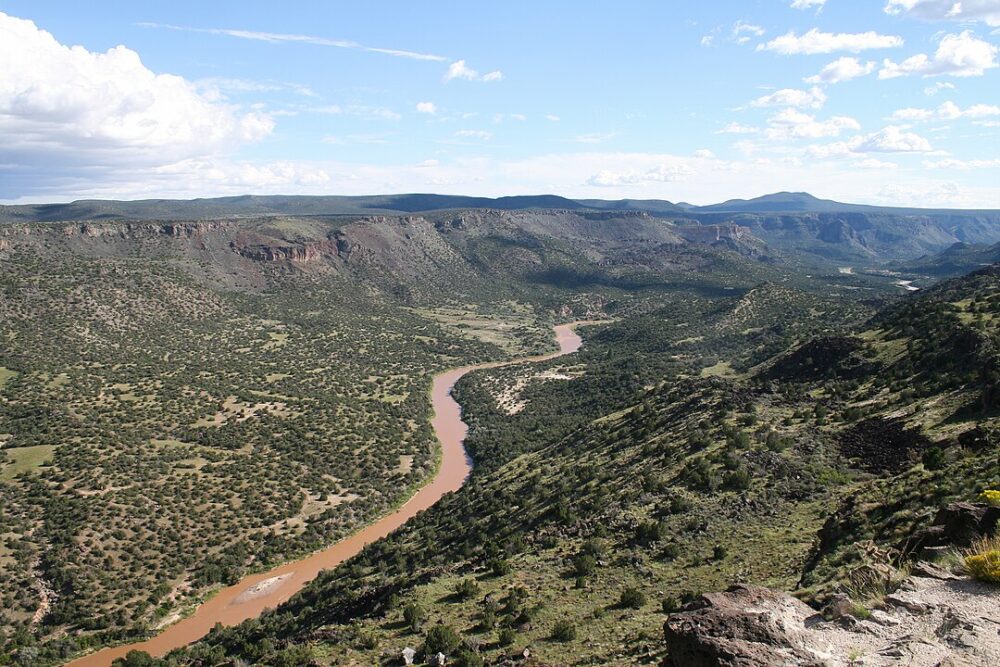
Crossing the Rio Grande along the Texas border is fraught with challenges. Fast currents can unexpectedly sweep individuals away, and unseen obstacles lurk beneath the surface. Over the years, weathered rocks and sudden drops have created an environment that requires not only physical strength but also acute awareness.
Travellers often misjudge the river’s depth and speed, believing the crossing to be straightforward. However, these waters have claimed lives, showing how the river’s deceptively calm appearance can quickly give way to peril. Even in low water conditions, the unsteady footing makes it treacherous, NPR shared.
3. The California desert route tests endurance with its extreme heat and isolation.
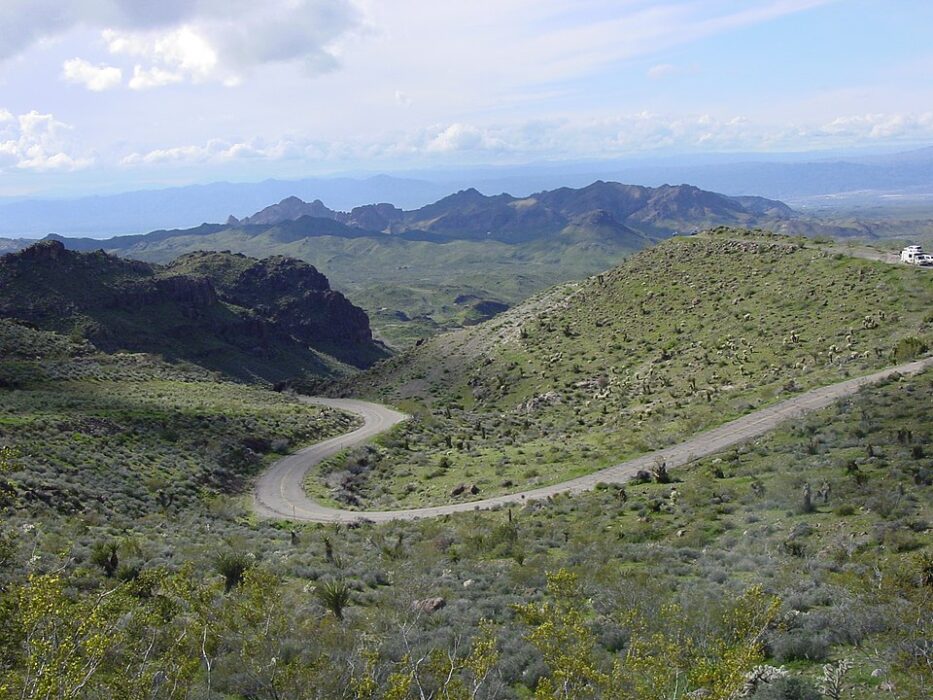
California’s vast deserts present a punishing test for anyone crossing its arid landscape. Intense heat during the day can lead to heatstroke and dehydration, while nighttime temperatures drop significantly. The vast expanses create an isolated, barren stretch of land that tests the endurance of even the most prepared.
The lack of immediate medical assistance or proximity to shelter compounds the risks faced by those traversing this unforgiving route. While the desert may evoke a sense of quiet beauty with its endless horizons, these endless sands can easily become an inescapable desert trap for unprepared travelers, according to The Conversation.
4. The treacherous Big Bend region in Texas challenges travelers with unpredictable conditions.
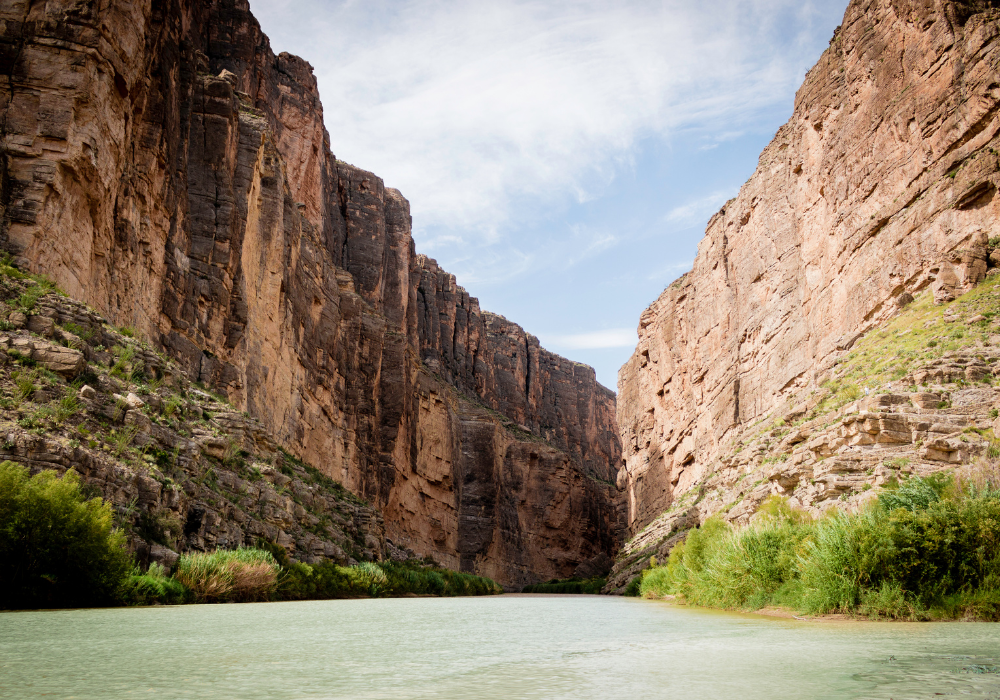
The Big Bend region in Texas is marked by its unpredictable climate and rugged terrain. Intense heat and sudden weather changes create a volatile situation where travelers must remain vigilant. From jagged cliffs to sudden rainstorms, the area demands keen survival skills and constant attention.
While seemingly peaceful and picturesque, this region’s hidden challenges are significant. Sparse populations mean fewer opportunities for help, leaving travelers isolated. Unfamiliar with local conditions, individuals can find themselves overwhelmed, emphasizing the importance of expert knowledge and local guidance in navigating such conditions.
5. New Mexico’s border areas combine rugged landscapes with limited access to aid.
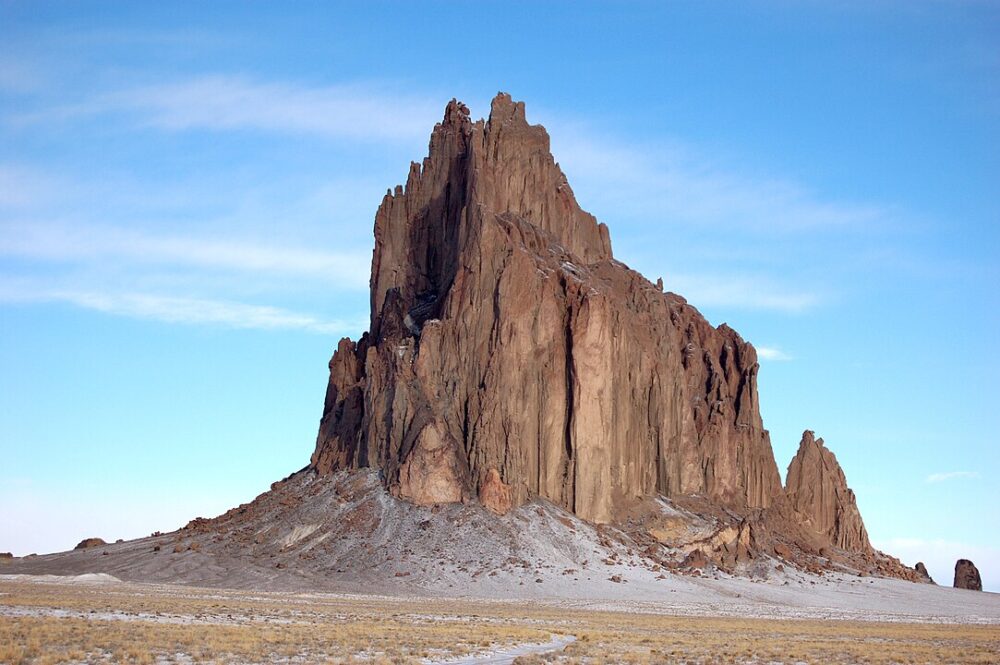
Rugged landscapes define New Mexico’s border areas, characterized by jagged cliffs, rocky terrain, and sparse vegetation. Migrants face the dual challenge of navigating difficult landscapes and finding access to basic necessities like water or medical care. This combines to create a perfect storm of potential peril.
Although breathtakingly beautiful, these areas show a stark contrast between natural wonder and the dire risks awaiting those unprepared. The scarce accessibility to aid services highlights the importance of strategic planning, as careless travel in these regions can lead to life-threatening circumstances.
6. The mountainous passes of southern Arizona pose significant risks for border crossers.
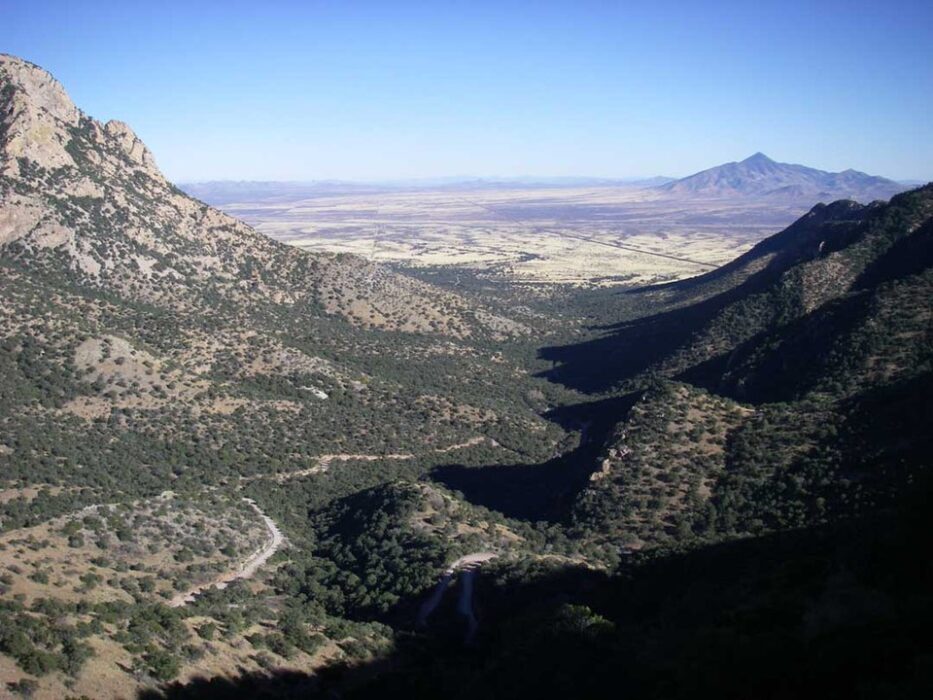
Southern Arizona’s mountainous passes present formidable challenges to those attempting border crossings. Steep paths and narrow trails require skillful navigation that many may not possess, while rapid weather changes add another layer of complexity. The harsh, rocky surfaces can be slippery and treacherous.
Travelers often underestimate the difficulty of these passes, expecting quicker passage through seemingly simple terrain. Yet, many find the sheer unpredictability of mountain weather and the lack of stable footing overwhelming. The risks highlight the need for practical knowledge of the area’s natural challenges.
